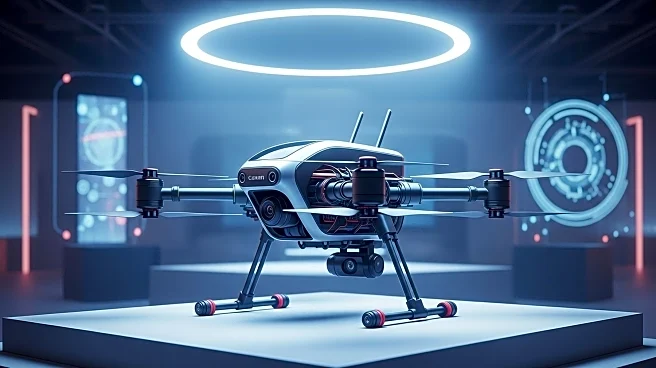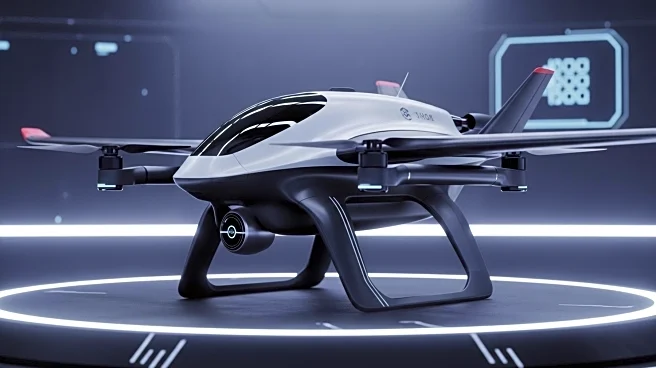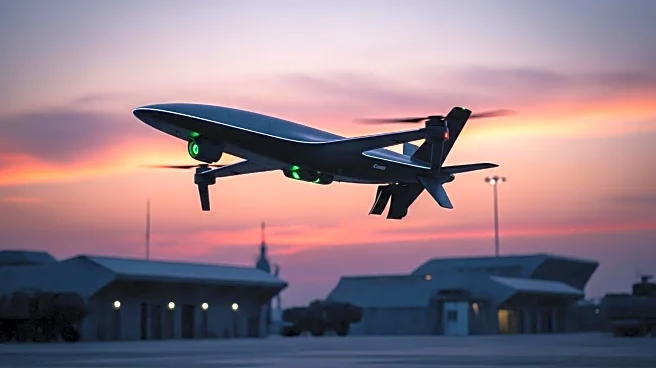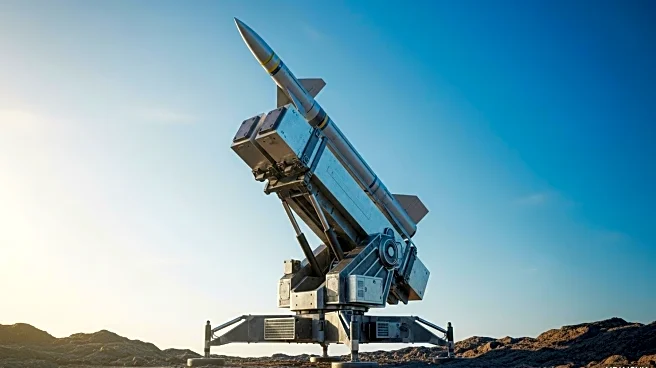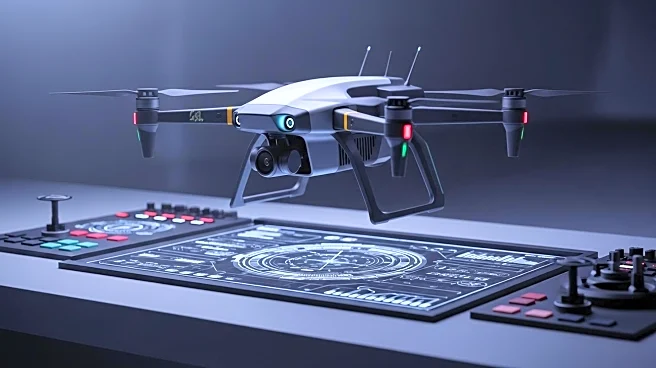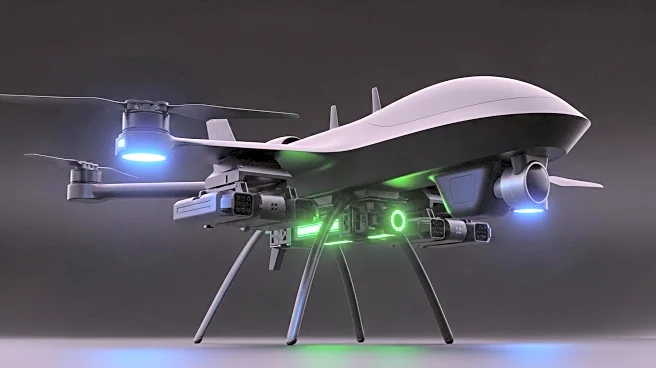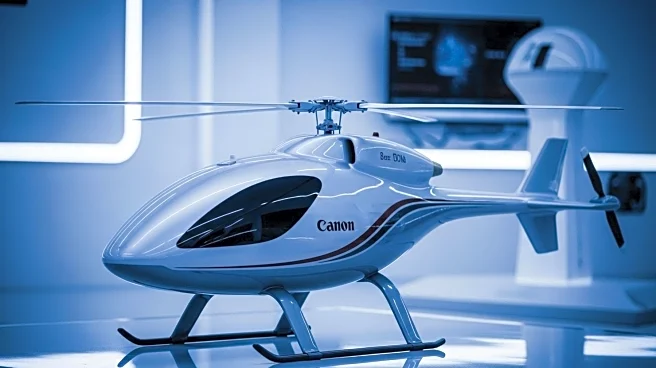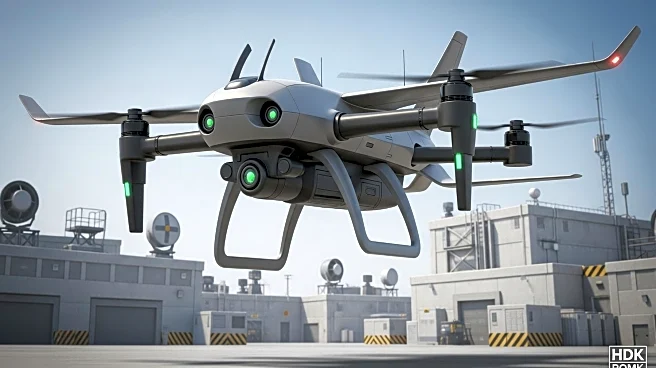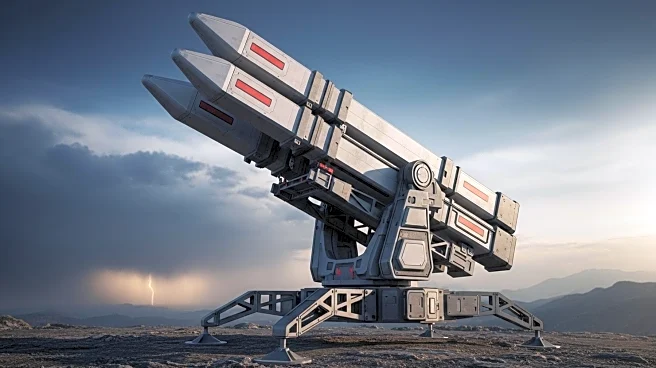What is the story about?
What's Happening?
Northrop Grumman is showcasing its Lumberjack Group 3 unmanned aircraft system (UAS) at the Association of the United States Army (AUSA) 2025 conference in Washington, DC. The Lumberjack is an operational attritable UAS developed in collaboration with Empirical Systems Aerospace (ESAero) and Palantir. The system weighs less than 1,300 pounds and can fly at speeds under 250 knots. Northrop Grumman acts as the lead systems integrator, providing mission systems and solutions, while Palantir contributes rapid software integration capabilities. This partnership allows for the integration of third-party attributes and various control schemes. The development process from concept to first flight took 14 months, highlighting the rapid prototyping capabilities of ESAero. The Lumberjack's design is compatible with a range of platforms, including manned and unmanned aircraft, jet-powered and rotorcraft-powered systems, and ground launchers.
Why It's Important?
The introduction of the Lumberjack UAS represents a significant advancement in military technology, offering a versatile and rapidly deployable solution for various defense applications. Its modular design and compatibility with multiple platforms enhance operational flexibility, allowing for integration into existing military systems. The collaboration with Palantir and ESAero underscores the importance of partnerships in accelerating technological development and deployment. This innovation could potentially improve the U.S. military's readiness and capability to respond to diverse threats, thereby strengthening national security. The ability to quickly prototype and iterate based on customer feedback ensures that the system can be tailored to meet specific operational needs, providing a competitive edge in defense technology.
What's Next?
Northrop Grumman and its partners are likely to continue refining the Lumberjack UAS, incorporating feedback from military stakeholders and potential customers. The system's compatibility with various platforms suggests potential expansion into new markets and applications, both domestically and internationally. As the UAS is integrated into military operations, further testing and demonstrations will likely occur to validate its performance and adaptability. The ongoing development may lead to additional collaborations with other defense contractors and technology firms, enhancing the system's capabilities and market reach.
Beyond the Headlines
The development of the Lumberjack UAS highlights broader trends in defense technology, including the shift towards modular and attritable systems that can be rapidly deployed and adapted to changing operational requirements. This approach reflects a growing emphasis on flexibility and cost-effectiveness in military procurement, as well as the importance of integrating advanced software solutions to enhance system capabilities. The collaboration with small businesses like ESAero also illustrates the role of agile companies in driving innovation within the defense sector.
AI Generated Content
Do you find this article useful?
